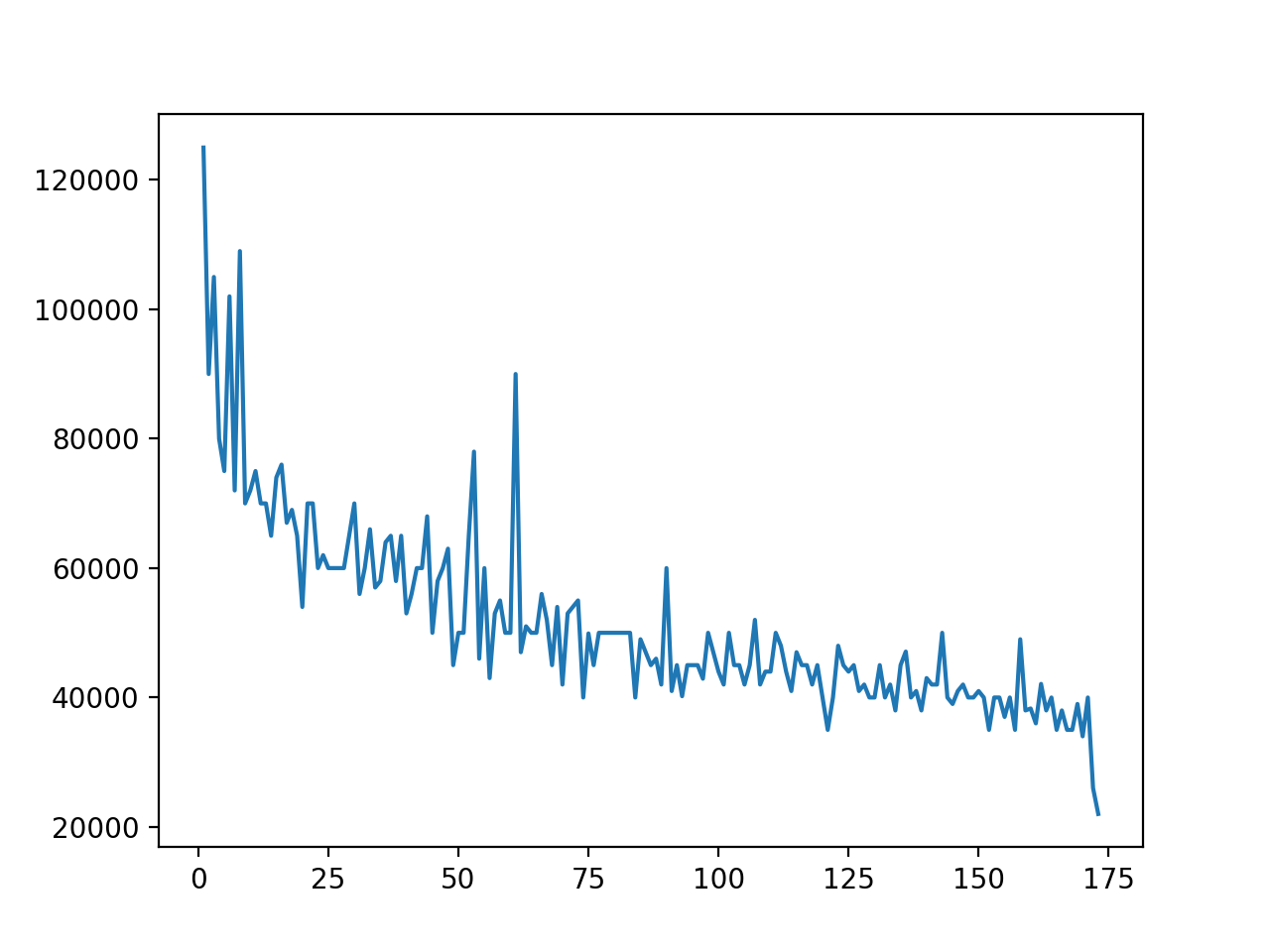


For example, the same output is achieved by selecting the “pies” column: # Individual columns chosen from the DataFrame Note that the plot command here is actually plotting every column in the dataframe, there just happens to be only one. In Pandas, the index of the DataFrame is placed on the x-axis of bar charts while the column values become the column heights. To add or change labels to the bars on the x-axis, we add an index to the data object: # Create a sample dataframe with an text index Every Pandas bar chart works this way additional columns become a new sets of bars on the chart.
#Df.plot rename x ticks series#
Other chart types (future blogs!) are accessed similarly: df = pd.DataFrame()ĭf.plot.area df.plot.barh df.nsity df.plot.hist df.plot.line df.plot.scatterĭf.plot.bar df.plot.box df.plot.hexbin df.plot.kde df.plot.pie Bar labels in chartsīy default, the index of the DataFrame or Series is placed on the x-axis and the values in the selected column are rendered as bars. bar() exist on the ot object that act as wrappers around the plotting functions – the chart above can be created with (). plot(kind="bar") syntax however there are shortcut functions for the kind parameter to plot(). ()įor the purposes of this post, we’ll stick with the. It’s simple to create bar plots from known values by first creating a Pandas Series or DataFrame and then using the. Pd.Series().plot(kind="bar")Ī Pandas DataFrame could also be created to achieve the same result: # Create a Pandas series from a list of values ("") and plot it:

# Import the pandas library with the usual "pd" shortcut To create this chart, place the ages inside a Python list, turn the list into a Pandas Series or DataFrame, and then plot the result using the ot command. (I have no idea why you’d want to do that!) Imagine you have two parents (ate 10 each), one brother (a real mince pie fiend, ate 42), one sister (scoffed 17), and yourself (also with a penchant for the mince pie festive flavours, ate 37). This plot is easily achieved in Pandas by creating a Pandas “Series” and plotting the values, using the kind="bar" argument to the plotting command.įor example, say you wanted to plot the number of mince pies eaten at Christmas by each member of your family on a bar chart. The simplest bar chart that you can make is one where you already know the numbers that you want to display on the chart, with no calculations necessary. %config InlineBackend.figure_format = 'retina' Getting started: Bar charting numbers # Set up with a higher resolution screen (useful on Mac) To import the relevant libraries and set up the visualisation output size, use: # Set the figure size - handy for larger output
#Df.plot rename x ticks install#
You can install Jupyter in your Python environment, or get it prepackaged with a WinPython or Anaconda installation (useful on Windows especially).
#Df.plot rename x ticks code#
As with most of the tutorials in this site, I’m using a Jupyter Notebook (and trying out Jupyter Lab) to edit Python code and view the resulting output.


 0 kommentar(er)
0 kommentar(er)
